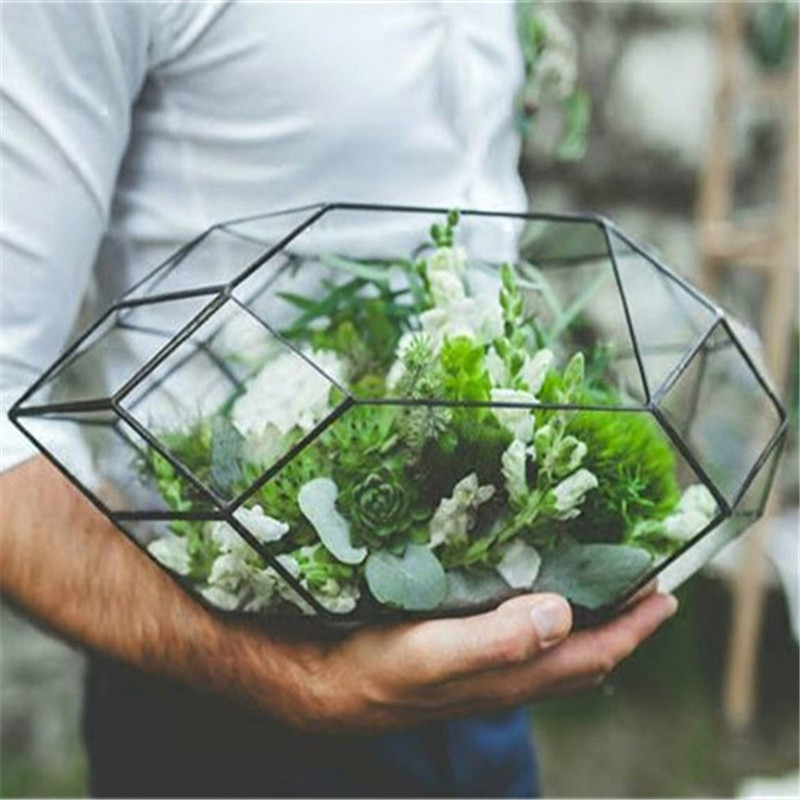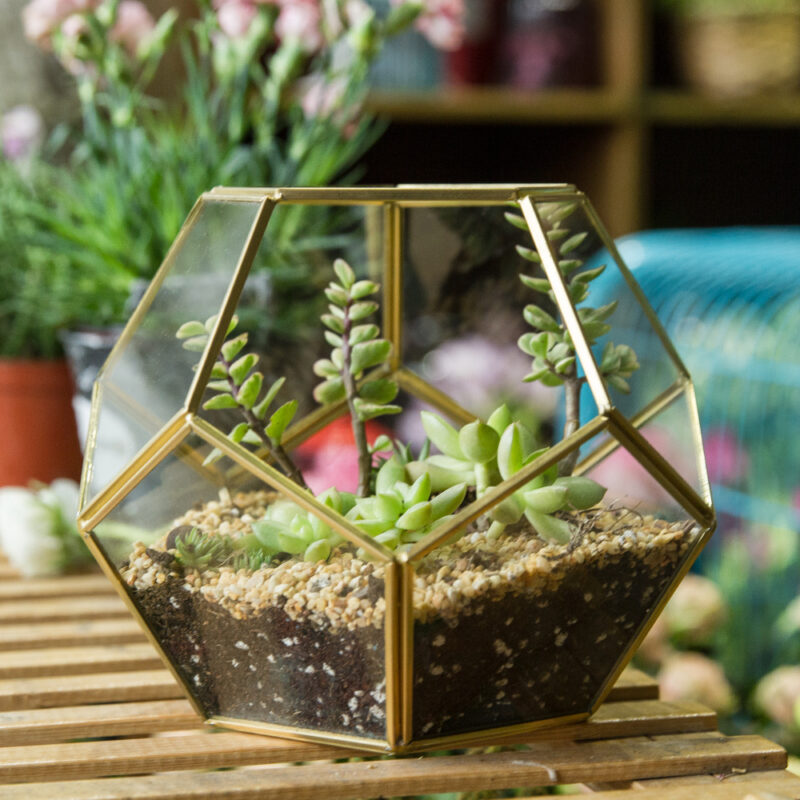Terrarium Plants Pots
The Captivating World of Terrarium Plant Pots: A Comprehensive Guide
Introduction
Terrarium plant pots are miniature gardens enclosed within glass containers, creating a self-sustaining ecosystem that brings a touch of nature indoors. These enchanting creations have surged in popularity due to their aesthetic appeal, low maintenance, and educational value. This article delves into the history, benefits, types, plant selection, creation process, and care tips for terrarium plant pots, revealing why they are an ideal addition to any home or office.
The History of Terrarium Plant Pots
The concept of the terrarium dates back to the early 19th century. Dr. Nathaniel Bagshaw Ward, an English botanist, is credited with inventing the first terrarium, known as the Wardian case, in 1829. Ward accidentally discovered that plants could thrive in a sealed glass container, protected from the polluted air of industrial London. This innovation allowed for the successful transport and cultivation of exotic plants, igniting a Victorian craze for indoor gardening.
Benefits of Terrarium Plant Pots
Terrarium plant pots offer numerous advantages that make them appealing for a wide range of people:
Space Efficiency: Terrariums are perfect for small living spaces, such as apartments or offices, where traditional gardening might not be feasible.
Low Maintenance: Once established, terrariums require minimal care. The closed environment helps to regulate moisture, reducing the need for frequent watering.
Aesthetic Appeal: Terrariums are visually stunning, with their intricate landscapes and lush greenery. They serve as a natural focal point in any room.
Educational Value: Terrariums provide an excellent opportunity to learn about plant biology, ecosystems, and the water cycle.
Stress Reduction: Interacting with plants has been shown to reduce stress and improve mental well-being. Terrariums bring the calming presence of nature indoors.
Types of Terrarium Plant Pots
There are several types of terrarium plant pots, each offering different aesthetics and suitable for various plant species:
Closed Terrariums: These are sealed environments that create a humid, tropical atmosphere. They are ideal for moisture-loving plants such as ferns, mosses, and orchids. The closed system recycles moisture through condensation, making it self-sustaining.
Open Terrariums: These terrariums are not sealed, allowing for better air circulation. They are perfect for succulents, cacti, and other plants that prefer drier conditions. Open terrariums require more frequent watering compared to closed ones.
Hanging Terrariums: These versatile terrariums can be suspended from the ceiling or mounted on walls, adding vertical greenery to your space. They often feature air plants (Tillandsia) that do not require soil to grow.
Dish Terrariums: These shallow containers are suitable for creating intricate landscapes with a variety of small plants. They can be used as centerpieces or decorative accents on tables and shelves.
Choosing Plants for Your Terrarium
Selecting the right plants is crucial for creating a thriving terrarium. Here are some popular choices for both closed and open terrariums:
Closed Terrariums:
Ferns: Their love for humidity makes them perfect for closed terrariums.
Mosses: These thrive in the damp environment of a closed terrarium.
Fittonia (Nerve Plant): Known for its vibrant, veined leaves, Fittonia adds a splash of color.
Open Terrariums:
Succulents: These hardy plants store water in their leaves, making them ideal for dry conditions.
Cacti: Their low water needs and unique shapes make them a popular choice.
Air Plants (Tillandsia): These can thrive without soil, making them perfect for open and hanging terrariums.
Creating Your Terrarium
Building a terrarium can be a rewarding project. Here are the steps to create your own terrarium plant pot:
Choose a Container: Select a glass container with a wide opening for easy access. Closed containers are suitable for humidity-loving plants, while open ones are better for succulents and cacti.
Add Drainage Layers: Start with a layer of small stones or pebbles at the bottom of the container to ensure proper drainage. This prevents water from accumulating at the roots.Add Activated Charcoal: A thin layer of activated charcoal helps to keep the terrarium fresh by filtering impurities and preventing odors.
Add Potting Soil: Use a high-quality potting mix appropriate for your chosen plants. For succulents and cacti, use a well-draining soil mix.
Plant Selection and Arrangement: Arrange your plants in the soil, starting with the largest and working your way to the smallest. Be creative with your design, considering both aesthetics and plant needs.
Decorate: Add decorative elements such as stones, shells, or miniature figurines to personalize your terrarium

Water: Lightly water your terrarium after planting. Closed terrariums need minimal watering, while open terrariums require more frequent attention.
Caring for Your Terrarium
Maintaining a terrarium is relatively simple, but it does require some attention to ensure your plants thrive:
Watering: Monitor the moisture level of your terrarium. Closed terrariums need watering only when the soil becomes dry, while open terrariums should be watered when the top inch of soil feels dry.
Lighting: Place
your terrarium in a location with indirect sunlight. Direct sunlight can cause overheating and damage the plants.
Pruning: Trim any overgrown or dead leaves to keep your terrarium looking neat and healthy.
Cleaning: Keep the glass clean to ensure maximum light penetration. Wipe the inside of the glass with a damp cloth if needed.
Air Circulation: For closed terrariums, occasionally remove the lid to allow fresh air to circulate and prevent mold growth.
Conclusion
Terrarium plant pots are a delightful way to bring the beauty of nature into your home. They offer a unique combination of aesthetics and functionality, providing a serene and captivating environment for both plants and people. Whether you are a seasoned gardener or a novice, terrariums offer an accessible and rewarding way to enjoy the wonders of plant life. By understanding the types, care requirements, and creative possibilities of terrariums, you can create your own miniature garden and experience the joy of nurturing a self-contained ecosystem.
With their rich history, numerous benefits, and diverse types, terrarium plant pots are more than just decorative pieces; they are miniature worlds that foster a connection with nature. Embrace the art and science of terrariums, and transform your living space with these enchanting green havens.


